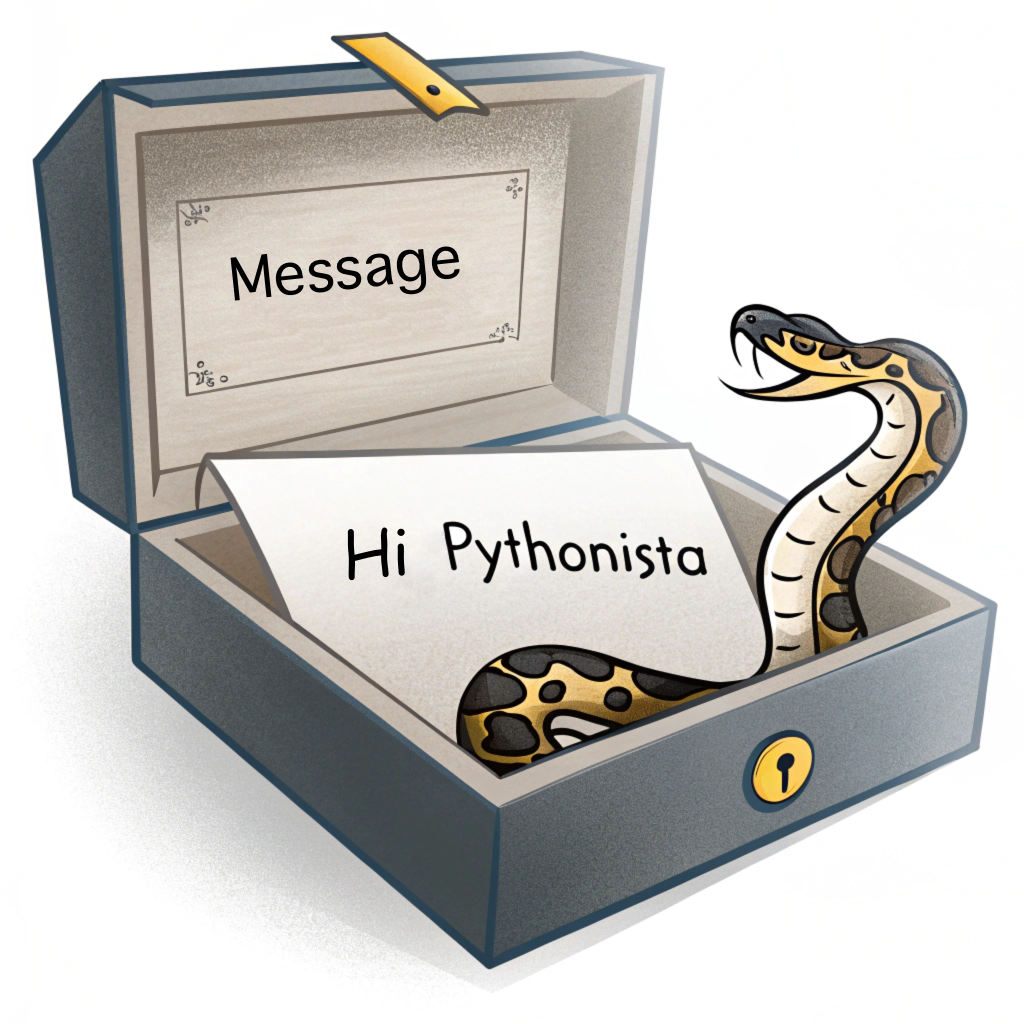![🐍 Python and Numbers: The Definitive Guide for Social Researchers [Part 1 of 2]](https://images.squarespace-cdn.com/content/v1/67338986b9d79a68ac92b01e/1733247189587-ALNOOFX4SUYCFG9Y47J6/python+numbers.png)
🐍 Python and Numbers: The Definitive Guide for Social Researchers [Part 1 of 2]
Learn how to handle numerical data in Python for social research without prior programming experience. This comprehensive guide covers basic operations, data types, and practical examples specifically designed for social scientists.
Master essential Python skills for analyzing survey data, calculating percentages, and managing research datasets efficiently. Perfect for researchers transitioning from Excel to Python for more reliable and reproducible analysis.
![🧵 First Steps with Text Strings in Python: [Part 3 of 3]: Transforming Text with Essential Methods](https://images.squarespace-cdn.com/content/v1/67338986b9d79a68ac92b01e/1732742431739-JVA10ENC0MS4J2GE2CW9/python+methods+5.png)
🧵 First Steps with Text Strings in Python: [Part 3 of 3]: Transforming Text with Essential Methods
Learn essential Python string methods for data cleaning and text processing in qualitative research.
This practical guide shows you how to automate common tasks like standardizing survey responses, cleaning interview transcripts, and processing research codes.
Perfect for social science researchers and qualitative data analysts, this tutorial covers key string manipulation techniques including case standardization, whitespace removal, and pattern matching.
Through real-world examples and hands-on exercises, you'll master Python methods that can reduce hours of manual text processing to minutes. Whether you're handling interview transcripts, survey responses, or research codes, these string manipulation techniques will streamline your qualitative data analysis workflow.

🐍 Your First Python Program: Beyond "Hello World"
Learn Python programming from scratch with this beginner-friendly PyCharm tutorial.
Perfect for social scientists and humanities scholars transitioning to coding, this step-by-step guide takes you beyond the traditional "Hello World" program.
Discover how to set up your development environment, write your first Python code, and understand programming concepts through familiar academic analogies.
This comprehensive tutorial breaks down PyCharm's interface, explains basic Python syntax, and builds confidence for your programming journey. Start coding today with clear, practical examples designed for non-technical backgrounds.

🪄 The Magic of Variables: Your First Step in Python Explained
Want to learn Python but don't know where to start? This practical guide teaches you everything about Python variables, from basic concepts to programming best practices.
Learn how to properly name variables, avoid common mistakes, and write cleaner code. Perfect for programming beginners, with hands-on examples and solutions to frequent problems.
Master Python variables in less than 10 minutes.
![🧵 First Steps with Strings in Python: [Part 1 of 3] Quotes, Special Characters, and Basic Operations](https://images.squarespace-cdn.com/content/v1/67338986b9d79a68ac92b01e/1732324658747-42YHIDSH832HU2CZL9AS/strings+checho+2.png)
🧵 First Steps with Strings in Python: [Part 1 of 3] Quotes, Special Characters, and Basic Operations
Master Python string manipulation with this comprehensive beginner's guide. Learn essential string operations including quotes usage, special characters, and basic text manipulation techniques.
Perfect for beginners and intermediate developers looking to automate text processing tasks. This hands-on tutorial includes practical examples and exercises to help you understand string formatting, concatenation, and common string operations in Python.
Part 1 of our 3-part series covers everything from basic string creation to professional document formatting, with clear examples and step-by-step solutions.

How to Install Python Without Losing Your Mind? 🐍
Learn how to install Python and set up your development environment with this comprehensive, beginner-friendly guide.
From checking if Python is already installed on your Windows or Mac system to choosing the right IDE (Integrated Development Environment), this step-by-step tutorial covers everything you need to start coding.
We'll walk you through common installation pitfalls, explain why PyCharm Community Edition might be your best choice for coding, and explore alternative development tools like VS Code, Sublime Text, and Jupyter Notebooks.
Perfect for beginners who want to start their Python programming journey without the usual setup headaches.

